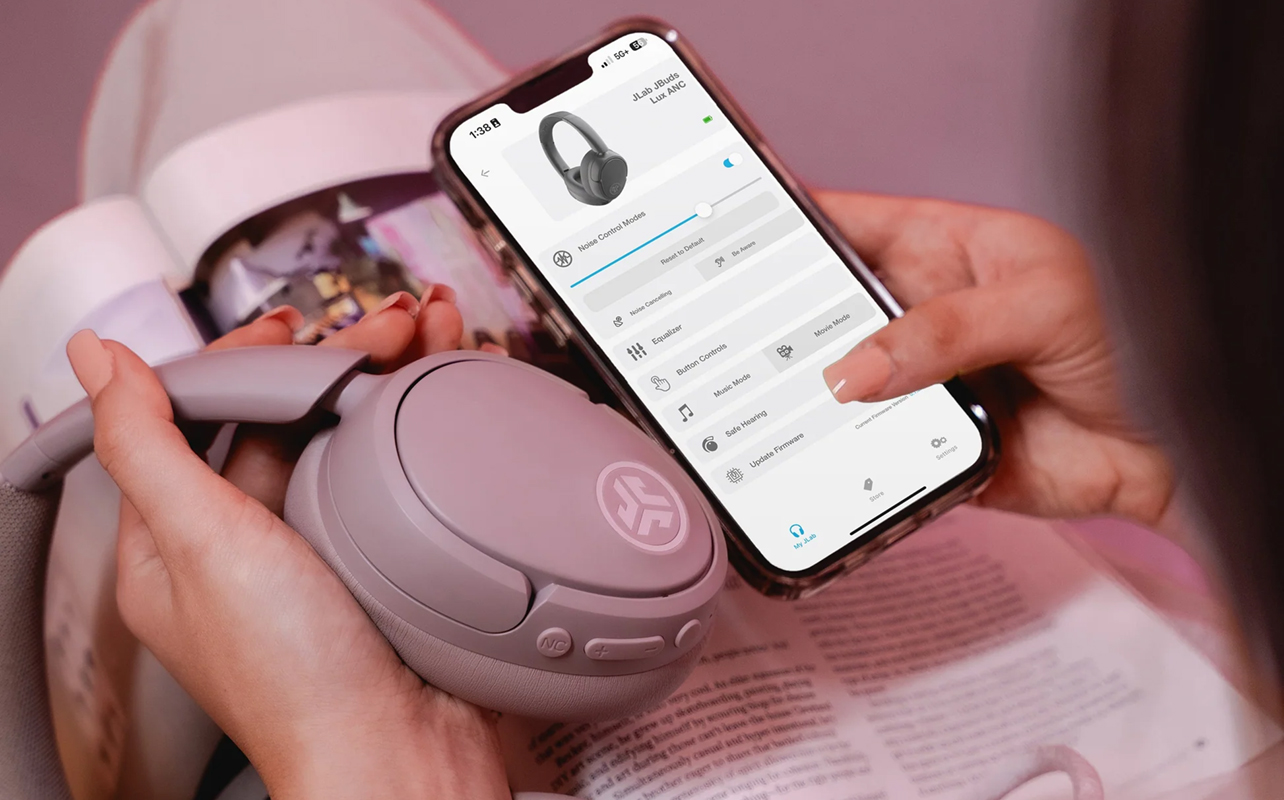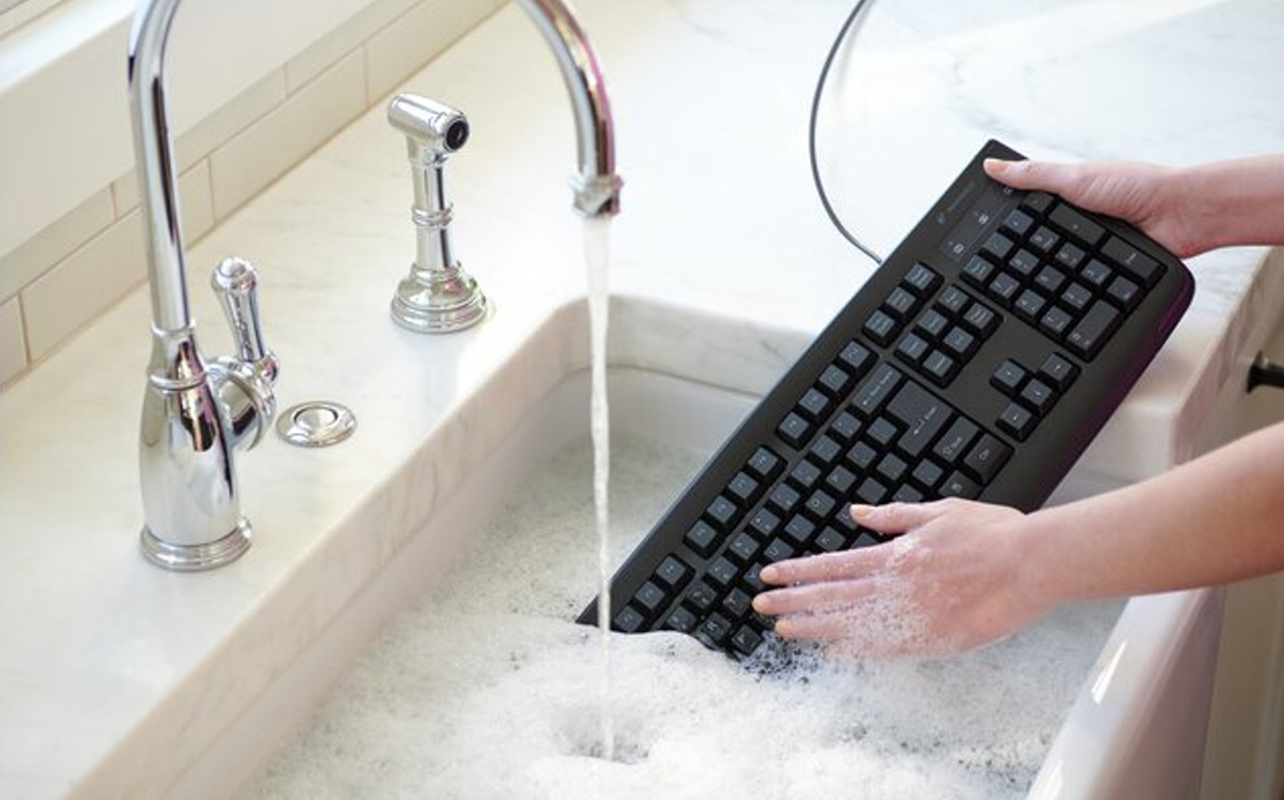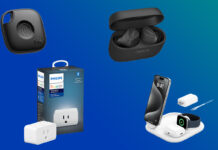
As a student, do you go wireless with your computer accessories or stick with wired gear for the school year? Your decision may hinge on what the specific accessories are. From headphones to keyboards and mice, consider how portable and reliable they are in getting things done. Everything from lecture experiences to late-night essay writing can depend on those factors. Wireless vs. wired accessories for students have to take all that into account.
Fortunately, there are ways to narrow things down and pick what works best for you. Let’s go over the pros and cons of both setups and share some smart picks for every budget.
Why the choice matters for students
College and high school students are highly mobile. As you move from classrooms to the dorm, cafes and libraries, carrying all the necessary gear along the way means you have to consider what adapts best to you. Wireless vs. wired accessories for students thus have their respective benefits. Wireless accessories hold an advantage because you can just take them with you easily and get them to work wherever you go. No cables, no fuss. Wired options, on the other hand, tend to be more affordable (in most cases) and win on reliability because batteries aren’t involved.
You always have to be mindful of battery life and recharging with any wireless accessory. More often than not, you don’t realize a battery is low until you see or hear a notification. You don’t want to see your earbuds have only 10% left ahead of a busy day. Same with a wireless keyboard or mouse that dies out mid-essay.
A wired keyboard or mouse runs off the battery of your own laptop or tablet, so it’s not like you don’t have to think about that, too. So long as yours is plugged in, any wired accessory benefits from the same power source. Depending on your school’s setup, you may not have the luxury of plugging in your laptop or tablet all the time, so reliability matters either way.
Wireless vs wired headphones: Cutting the cord or plugging in?

Headphones, on the other hand, usually offer both wireless and wired options. Some models don’t, so be aware in case a pair of headphones are purely either wireless or wired. This isn’t really a factor for many earbuds now that are wireless.
Active noise cancellation (ANC) needs battery power to work because it relies on built-in microphones and processing to cancel out ambient sounds. When you use Bluetooth headphones with a 3.5mm cable in wired mode, they often switch to passive mode—meaning ANC and other features like touch controls usually stop working. You’ll still hear audio, but without noise cancellation. However, some headphones, such as the Sony WH-1000XM4, Sony XM5, and Sony XM6, along with models like the Skullcandy Hesh ANC and JBL Tune 760NC, let you use ANC in wired mode—as long as the headphones are turned on and have battery life.
Wireless headphones also come with some lag and latency in syncing audio and video. You’ll notice it when watching a show or movie, owing to how Bluetooth works. Granted, newer headphones and earbuds using Bluetooth 5.3 or later definitely improve on that; they won’t match the zero latency you hear with wired headphones. Plus, if you’re in a quieter environment and don’t want to worry about battery life at all, going the wired route makes sense.
Wireless vs wired keyboards and mice: Which setup makes sense?
This is a tough one because it’s highly subjective. Keyboards and mice are central to being productive on a computer or tablet. Wireless models look neater and make desk setups more flexible—especially in small spaces in a dorm or cafe. This is something the Logitech MK470 Slim wireless combo tries to address with quieter typing, smooth tracking, and months of battery life.
If you’re doing something more exhaustive and time-consuming, like writing, programming, or gaming, a wired keyboard and mouse generally provide more consistent performance. There’s no input lag, you’ll never have to swap batteries midway, and they tend to cost less. Wired options are also better suited to static setups at a desk or in shared environments like computer labs or exam stations (though some may disallow external accessories). Those are scenarios where just a quick plug-and-play matters more than aesthetics.

Durability and cost
More often than not, you pay more to go wireless. To top it off, you also have to think about the residual costs—like how long it will last before it conks out or if it needs a replacement battery at some point. Not to mention dealing with charging cables. Wired accessories don’t rely on lithium batteries that degrade over time, so without a component to recharge and manage, they don’t usually wear out as much or as quickly.
Again, this is a relative point because we have to also factor in how comfortable and effective the gear is. Cords can fray or break, and once a cord breaks, the device itself is either done or in need of an expensive repair. Even without cables, a few wireless gear can show its vulnerability if you treat it poorly.
Battery life and charging
You’ve probably had to time things just right—or get lucky—to snag a power outlet in class or the library. Everyone needs to charge something, regardless of whether it has to do with school or not. You might find it hard to keep up while juggling a phone, laptop, headphones, keyboard, and mouse. That’s why wired accessories still hold some appeal. Plug it in and it just works.
If you’re good about charging your devices ahead of time, you can probably get through a full day without any real concern. That’s especially true of accessories where battery life tends to last longer. Headphones now routinely cross 10 hours or more per charge. Earbuds are an exception since battery life can truly vary from one pair to another.
Performance and reliability in school settings
Wi-Fi and Bluetooth have both greatly improved over the years to the point where congestion is less of a problem than it used to be. But it’s still a potential side effect of using wireless devices all the time. Packed lecture halls, libraries, and study halls are good examples where interference can lead to pairing issues or connectivity cutouts. You don’t want something like that getting in the way of what you need to do.
Wired accessories are simply plug-and-play, having no exposure to network congestion. Anything related to testing accuracy and timing is best done with something wired to remove all doubt about lag or latency. This is worth factoring in for any sort of collaborative work you might be working on with others.

Choose the right tech to help you ace the school year.
Check out our Back to School Buying Guide to help you shop essentials like laptops, headphones, and accessories.
Top scenarios and recommendations
Wireless gear feels like the better choice if you’re a student who has to commute or move between multiple locations every day. There’s no doubt they offer a more convenient and travel-friendly method to getting around by eliminating a mess of tangled cords. At the same time, unless you’re really serious about decluttering, a dorm desk or shared study space is probably better off with more dependable wired options that are also cost-effective.
Occasionally, there may also be rules about using Bluetooth devices in certain shared spaces. Whether it’s for security or compatibility reasons, wired gear doesn’t face those same potential restrictions. A hybrid setup may be the best middle ground if your course load includes both remote and in-person work. You go wireless for lectures and group work, wired for study sessions and assignments.
What to avoid
Certain specs and details offer clues on what could work better for you. You might have an amazing wireless model on paper but you have to sacrifice poorer battery life to use it. Wireless earbuds are a good example, where there may be a bevy of cool features, only for them to last a few hours per charge. Fortunately, there are plenty of good earbuds out there from a variety of brands that offer the best of both worlds.
On the same token, budget wired accessories may not last as long as you think. If something feels too flimsy and you’re looking for something long-term, you may be better off moving on to something else. Also, come up with a game plan for the most important exams or presentations. If you’re going wireless, consider a backup wired option to save yourself from any tech issues.
Student-friendly picks from Best Buy Canada

Here are a few strong options that balance performance, price, and student needs:
Wireless headphones and earbuds
- JLab JBuds Lux: More affordable, up to 70 hours playback, active noise cancelling, ideal for commuting.
- Sony WF-C510: 22-hour total battery with case, splash-proof, excellent for workouts or walking between classes.
Wired headphones and earbuds
- Sony MDR-EX15APB in-ear: Cheap and cheerful, simple inline mic, reliable quality.
- Sony MDR-ZX110 over-ear: Budget-friendly, plug-and-play with clear audio for online classes, though doesn’t have built-in mic.
Wireless keyboards and mice
- Logitech MK470 Slim combo: Two for the price of one, silent keys, portable mouse, ultra-thin form factor.
- Incase Designed by Microsoft Desktop 850 wireless combo: USB receiver to cut down latency, comfortable typing experience.
Wired Combos and Budget Picks
- Logitech MK120 keyboard and mouse combo: Very budget-friendly, no batteries required, highly durable.
- Kensington Pro Fit USB washable keyboard: Simple design, simple USB connection, washable design.
Choose what fits your study style
What works best for you may not be the best for someone else. That’s why there are so many accessories available, both wireless and wired. Going wireless offers a whole lot of convenience for students on the move, whereas going wired is simple, reliable, and less expensive. All of those are key factors for any student budget.
Your best bet? Mix and match. Choose wireless earbuds for your daily commute and a wired headset for long study sessions. Use a wireless mouse in class, but keep a wired backup for exams. Pair your tech with your lifestyle and academic habits to stay productive, comfortable, and prepared—wherever school takes you.
Check out all the latest computer accessories and headphones and earbuds available now at Best Buy.





